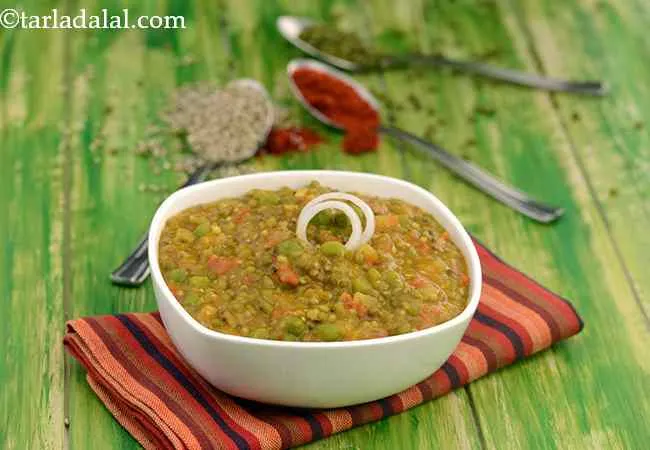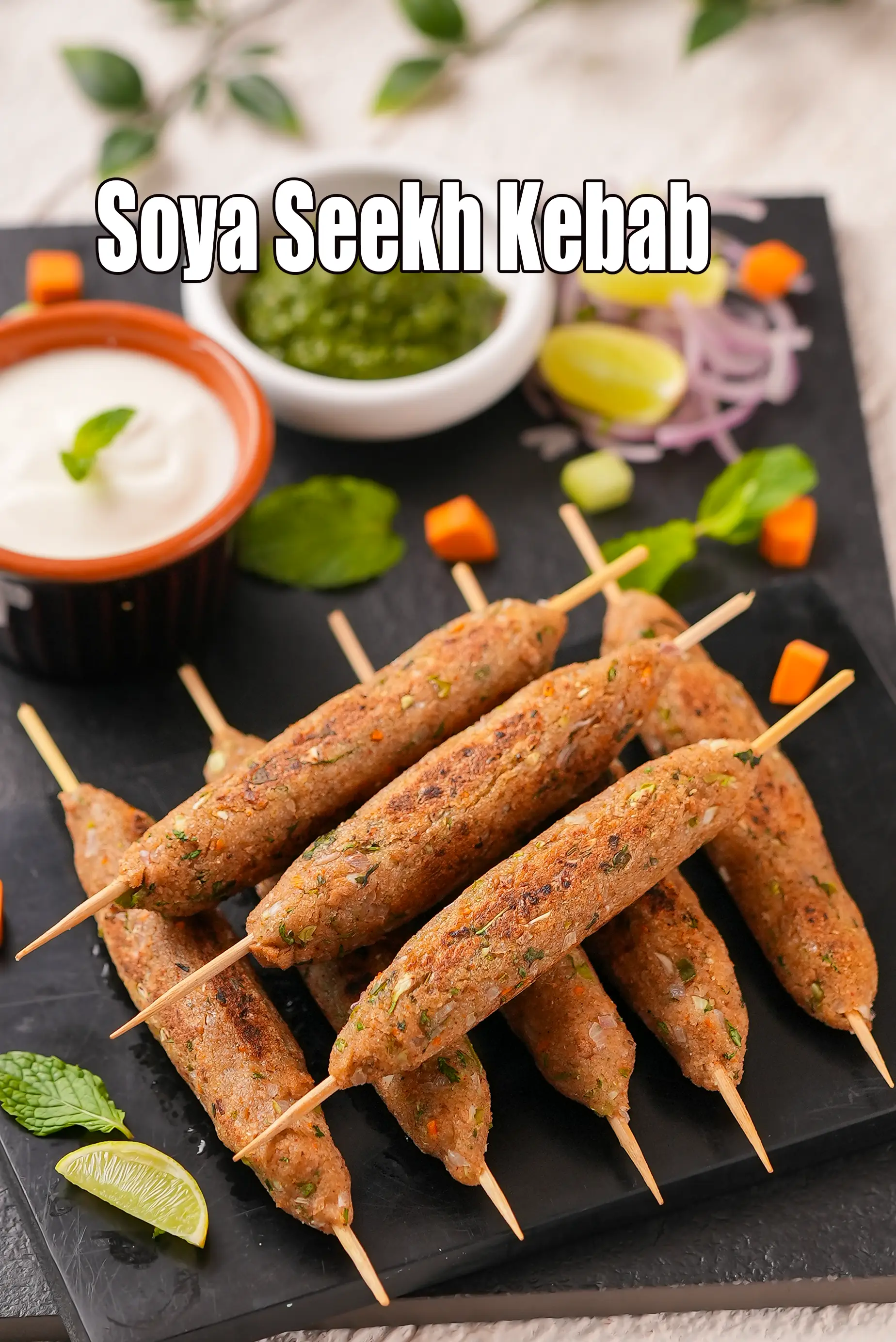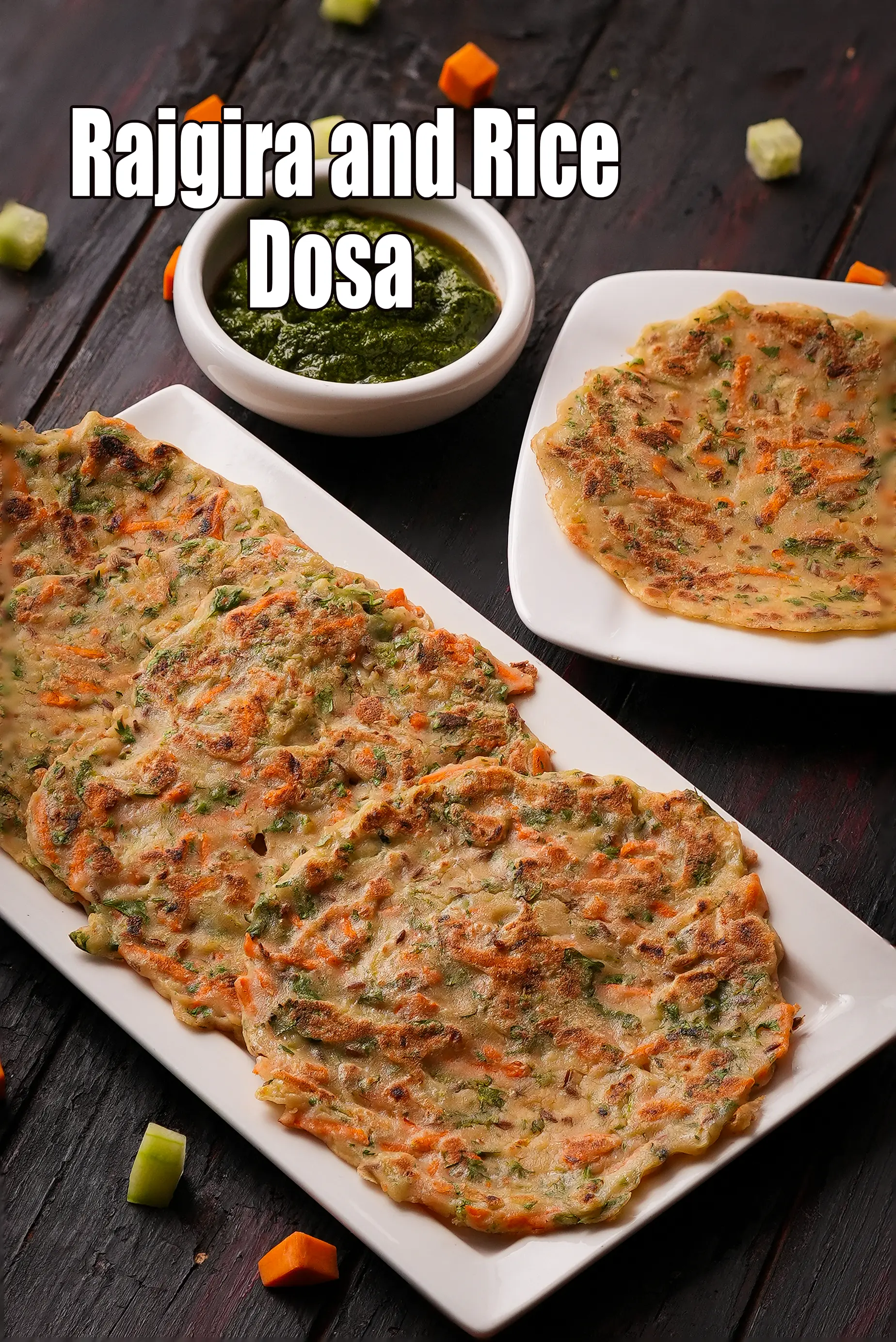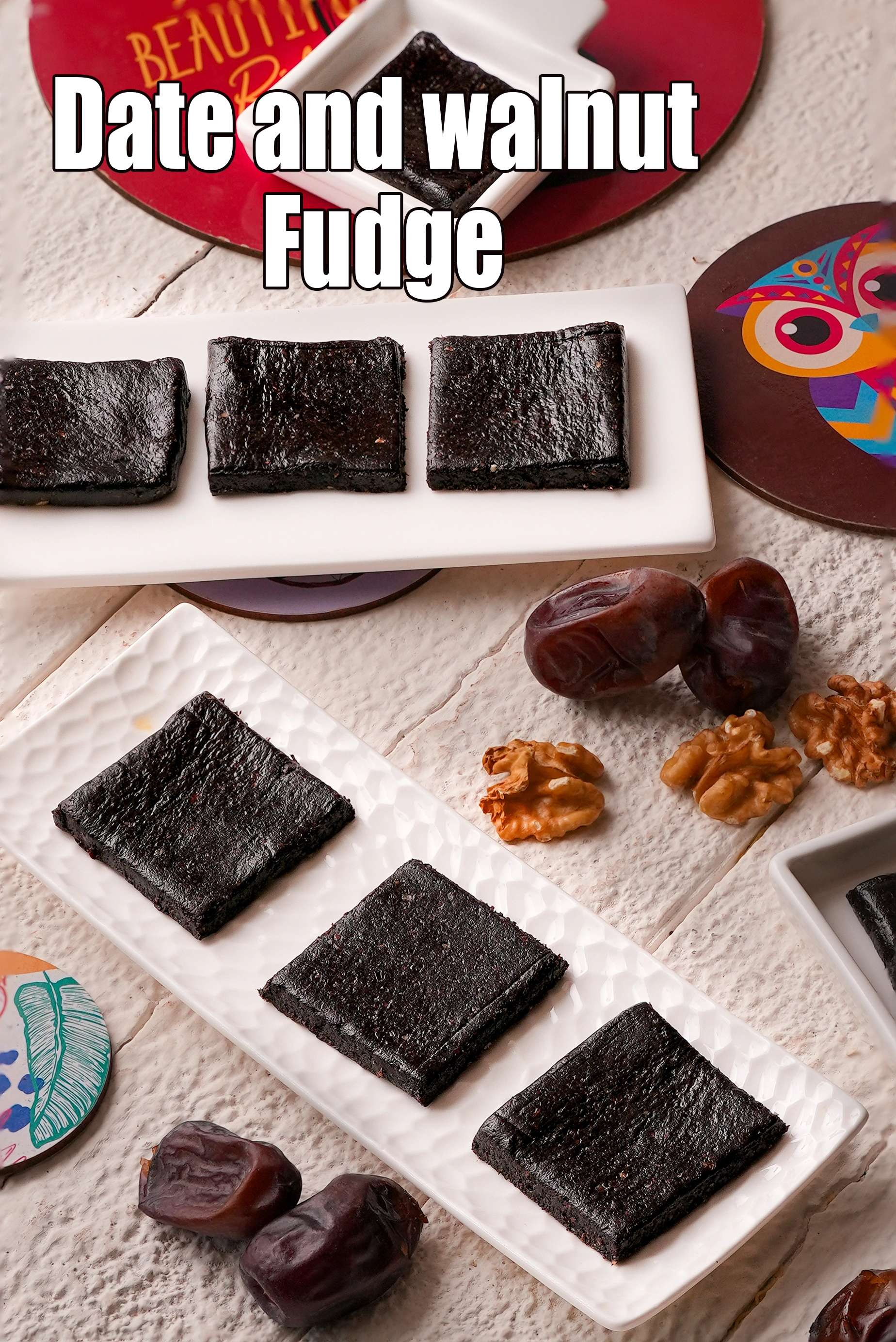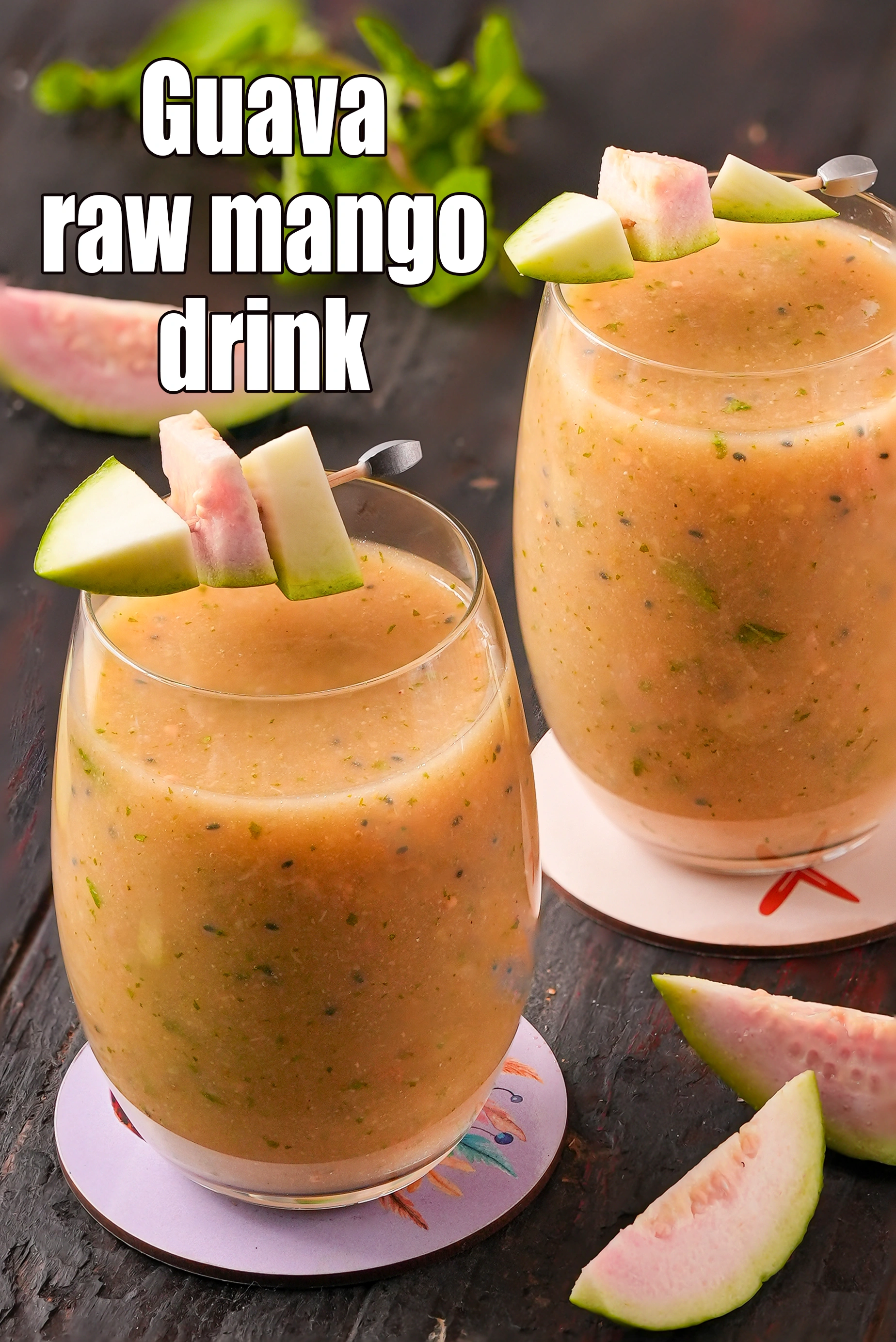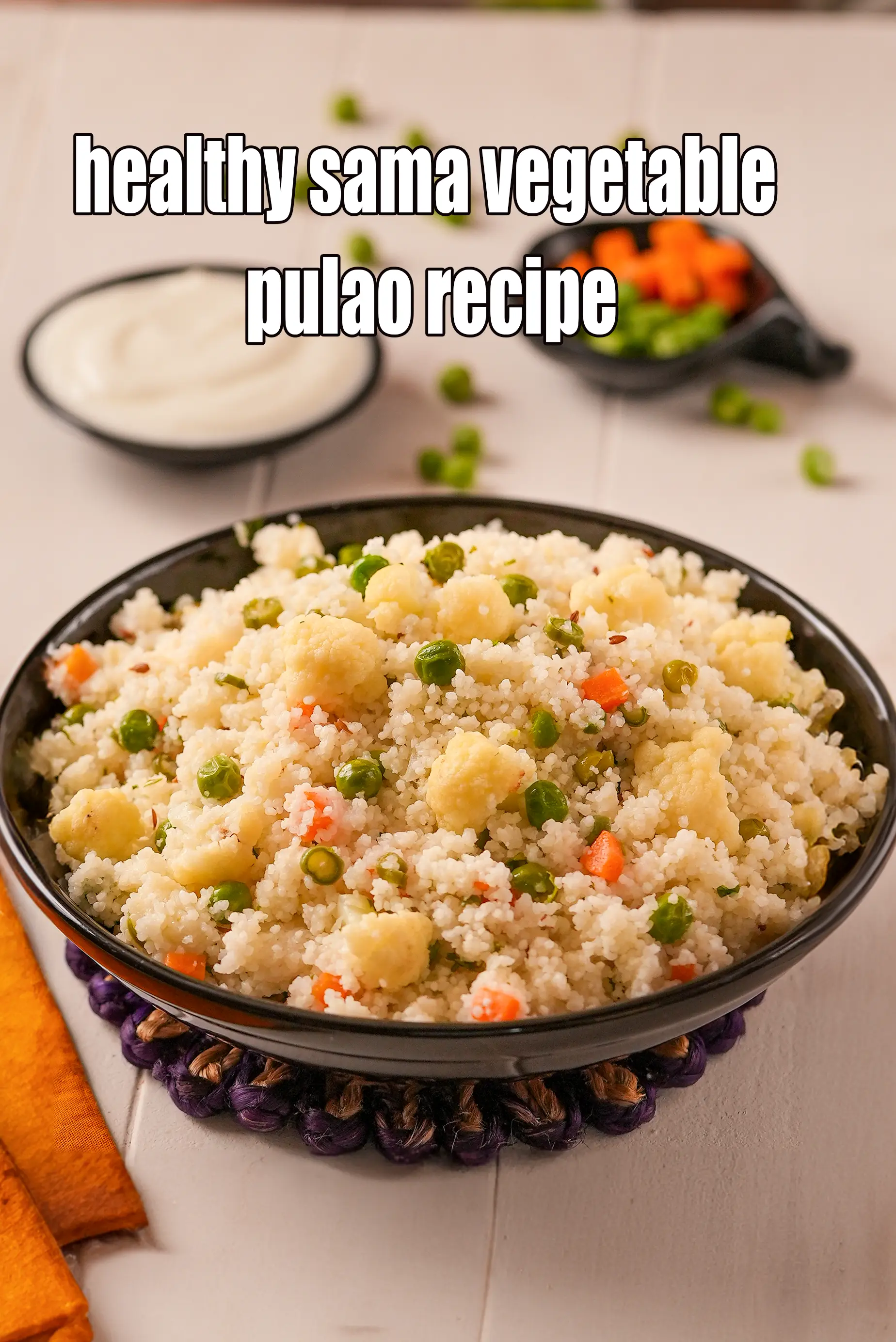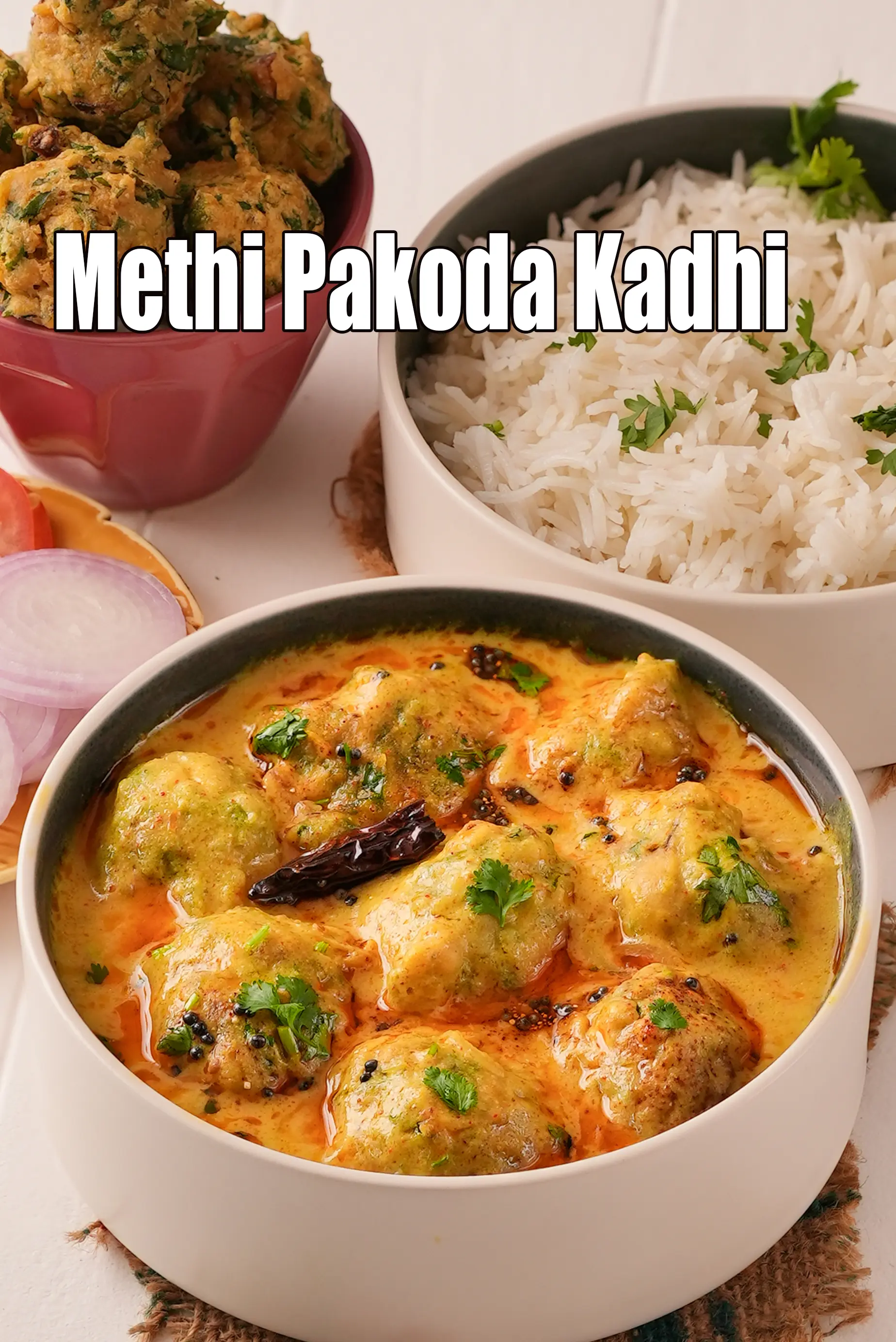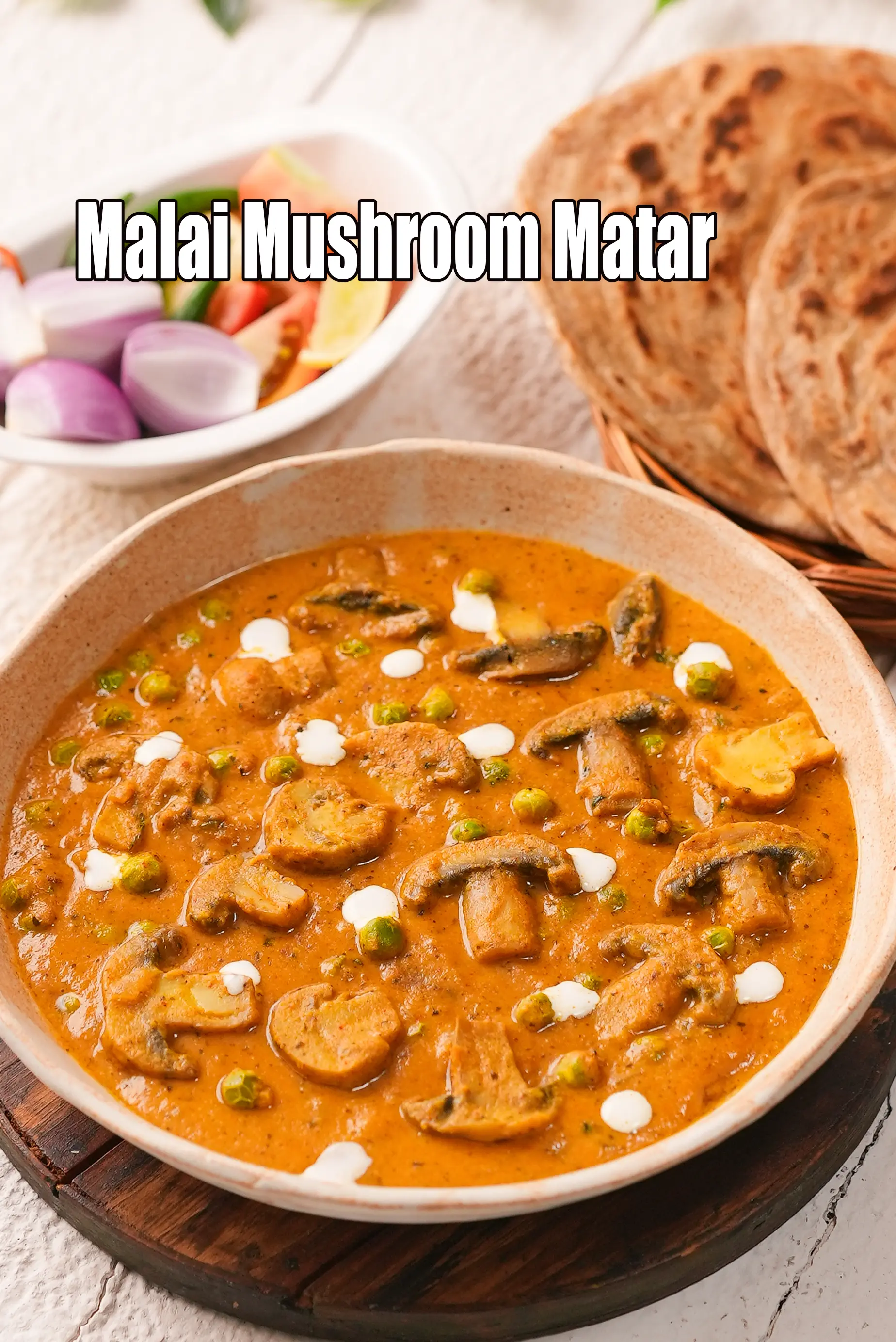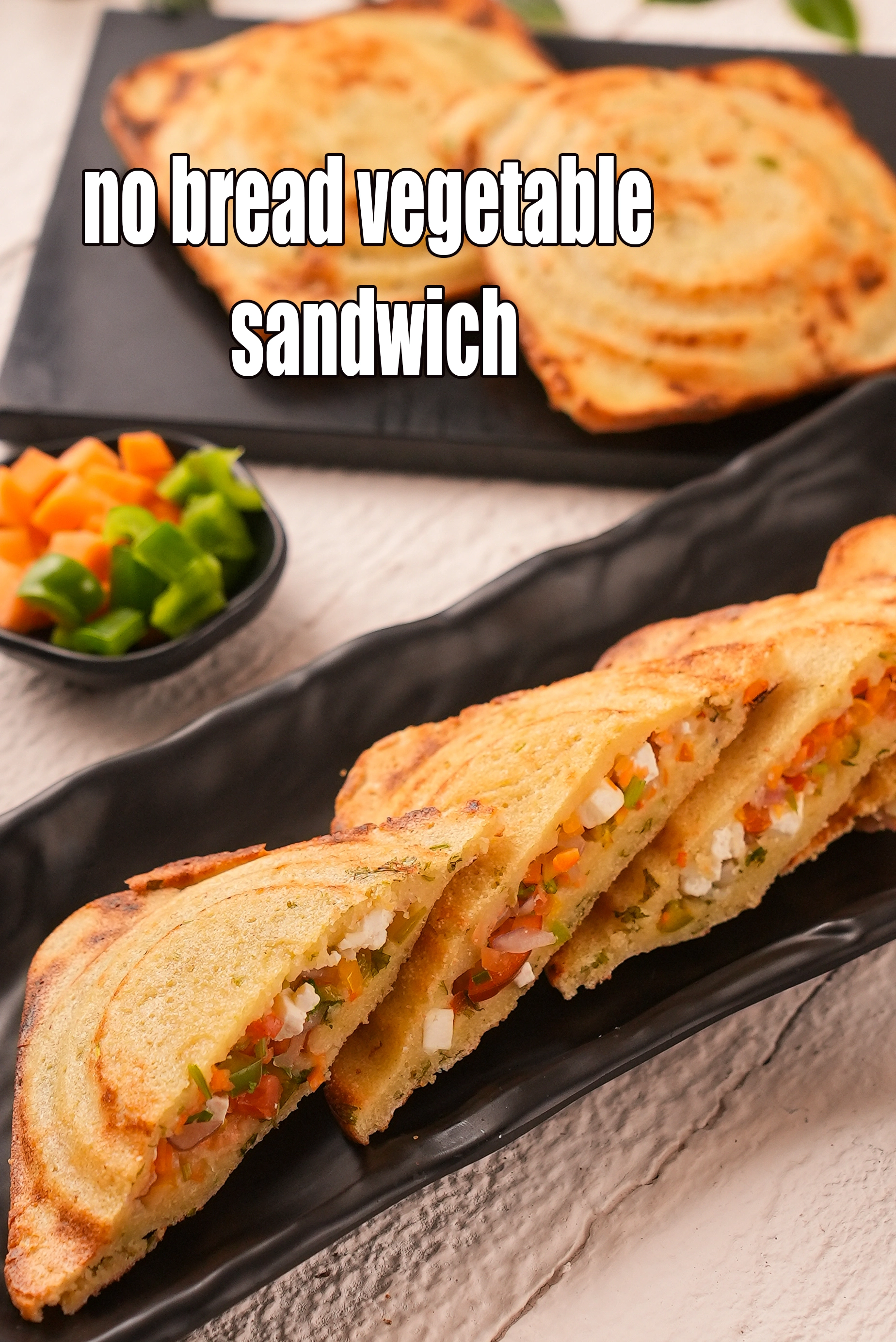Nutritional Facts of Shahi Pulao, Calories in Shahi Pulao
This calorie page has been viewed 6948 times
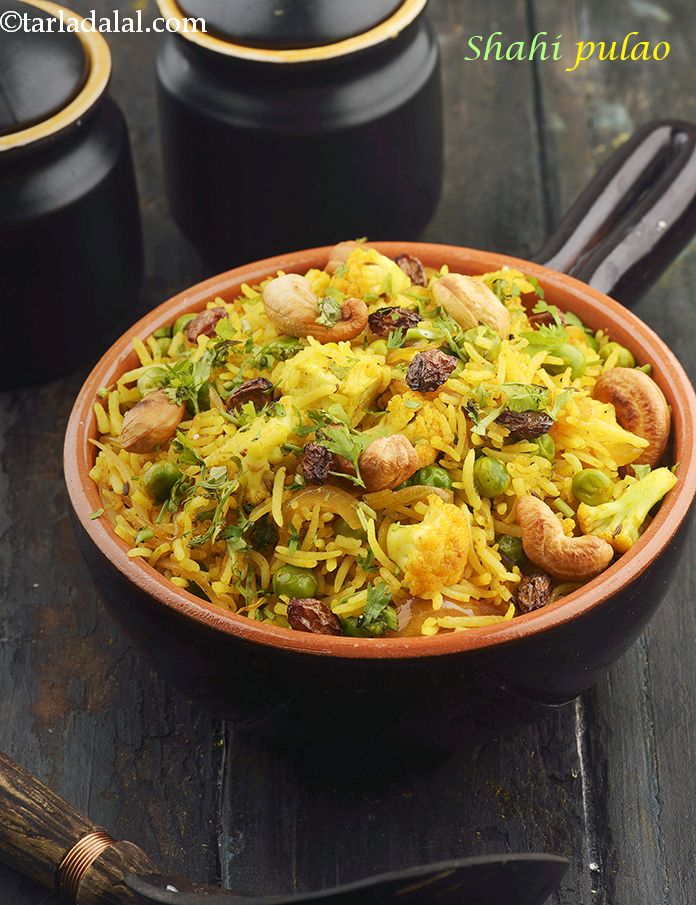
How many calories does one serving of Shahi Pulao have?
One serving of Shahi Pulao gives 249 calories. Out of which carbohydrates comprise 155 calories, proteins account for 22 calories and remaining calories come from fat which is 71 calories. One serving of Shahi Pulao provides about 12 percent of the total daily calorie requirement of a standard adult diet of 2,000 calories.
See Shahi Pulao recipe. The presence of the word Shahi always hints at the richness of a recipe. Indeed, the Shahi Pulao is a dish that is loaded with spices, veggies and a horde of other ingredients, which give it a memorable flavour and texture. While an assortment of spices including saffron and caraway seeds gives this rice preparation a rich aroma, taste and hue, veggies, pineapple and paneer give it a wonderful range of textures. Pineapple also gives the dish a juicy tanginess, which you are sure to enjoy. Self-contained with myriad flavours, this one-dish meal can be served with just a bowl of curds or raita.
Is Shahi Pulao healthy?
No, this is not healthy. Let's see why.
Let's understand the Ingredients.
What's good.
1. Ghee : Other than calories and fats, the only nutrients that ghee is rich in are the vitamins – all of which are fat-soluble. All the 3 vitamins (Vitamin A, Vitamin E and Vitamin K) are antioxidants which have a role in removing free radicals from the body and protecting our cell as well as help in maintaining skin health and glow. Ghee is an excellent, high-quality selection medium of cooking because of its high smoke point. As compared to most oils and butter, ghee can handle a smoke point of 230°C, 450°F, thus its less prone to oxidant and destruction of nutrients. Yes, ghee does contain cholesterol, but some amount of cholesterol is needed by the body. Cholesterol has some functions to play too. It is necessary for hormone production, brain function, cell health and lubricating the joints. It is, in reality, a high quality fat for the body and brain. Ghee is loaded with fats but that’s medium chain fatty acids (MCT) which aid in weight loss. Ghee is healthy for daibetics in small amounts and you need to check your fat intake at the same time. Learn to easily make your ghee at home which is free of preservatives. See benefits of ghee.
2. Onions (pyaz, kanda) : Raw onions are a very valuable source of vitamin C – the immune building vitamin. Along with other phytonutrients from onions, it helps to build WBC (white blood cells) which serves as a line of defence against illness. Yes, it’s a source of many antioxidants, the most important one amongst them being Quercetin. The quercetin which promotes production of HDL (good cholesterol) and lowers total cholesterol in the body. The sulphur in onions act as a blood thinner and prevents blood clotting too. This in turn would lower blood pressure and good for heart, diabetics. Read the benefits of onions.
3. Cauliflower (gobi) : Cauliflower is extremely low in carbs and therefore does not raise blood glucose levels. One cup Cauliflower provides you 100% off your daily recommended allowance of Vitamin C. Rich in Antioxidant. Being rich in Indoles, Cauliflower and other Cruciferous Vegetables like broccoli, kale, radish, brussel sprouts, red cabbage) maintain Estrogen balances which is crucial for women. Read here for detailed benefits of cauliflower.
4. Green Peas : Green peas are good for weight loss, good source of vegetarian protein, has insoluble fibre to relieve constipation. Legumes like green peas, cow peas, mung, chick peas and kidney beans have a cholesterol lowering effect. Green Peas are rich in Vitamin K which aids in bone metabolism. Green peas have a Glycemic Index (GI) rank of 22 which is low and good for diabetics. Is green peas good for diabetics and see full benefits of green peas.
5. Pineapple (Ananas) : Packed with vitamin C (64.7 mg / cup), pineapple is one such fruit which boosts immunity. They help build our line of defence against diseases by building white blood cells (WBC). It is known for its laxative effect and overcome or prevent constipation. Pineapple is a rich source of Magnesium (54.8 mg / cup) which has a role to play in heart health. By reducing inflammation it helps to relieve the joint pain related to arthritis. Cons : Pineapple as a sole snack would not be recommended for diabetics. Paired with other high fiber and low glycemic index fruits, you can include it in small portions. Pineapple is not very low in calories nor carbs and hence not good for weight loss. See detailed benefits of pineapple.
6. Coriander (kothmir, dhania) : The antioxidants vitamin A, vitamin C and the quercetin present in coriander works towards strengthening our immune system. Coriander is a fairly good source of iron and folate – the 2 nutrient which help in the production and maintenance of red blood cells in our blood. Good for reducing cholesterol and good for diabetics. Read 9 benefits of coriander to understand details.
What's the problem?
Rice : Here are the pros for rice. Rice is a great source of complex carbohydrates, which is an important source of energy for our body. Rice is low in fibre and therefore a good option for people suffering from diarrhoea. What's not good in rice. Foods like rice are high in Glycemic index are not suitable for weight loss, heart patients, diabetics as they affect the blood sugar control levels. See details of is white rice and parboiled rice good for you?
Can diabetics, heart patients and over weight individuals have Shahi Pulao?
No, this recipe is not good for diabetics, heart and weight loss. Foods like rice are high in Glycemic index are not suitable for weight loss, heart patients, diabetics as they affect the blood sugar control levels.
What is a healthier option than using rice?
We suggest the following healthy khichdi like fada ni khichdi recipe, vitamin khichdi recipe, buckwheat moong dal and vegetable khichdi, bajra moong and green peas khichdi and barley khichdi. All these recipes have ZERO usage of rice and portion control is suggested for diabetics.
Bajra, Whole Moong and Green Pea Khichdi
Can healthy individuals have Shahi Pulao?
Not suggested if you want to live a healthy life style.
How to burn 249 calories that come from Shahi Pulao?
Walking (6 kmph) = 1 hr 15 mins
Running (11 kmph) = 25 mins
Cycling (30 kmph) = 33 mins
Swimming (2 kmph) = 43 mins
Note: These values are approximate and calorie burning differs in each individual.
| Energy | 256 cal |
| Protein | 5.8 g |
| Carbohydrates | 40.3 g |
| Fiber | 2.7 g |
| Fat | 8 g |
| Cholesterol | 0 mg |
| Vitamin A | 101.1 mcg |
| Vitamin B1 | 0.1 mg |
| Vitamin B2 | 0 mg |
| Vitamin B3 | 1.2 mg |
| Vitamin C | 7.1 mg |
| Folic Acid | 9.4 mcg |
| Calcium | 40.3 mg |
| Iron | 0.9 mg |
| Magnesium | 52.6 mg |
| Phosphorus | 126.7 mg |
| Sodium | 7.9 mg |
| Potassium | 84.4 mg |
| Zinc | 0.6 mg |
Click here to view Shahi Pulao
Calories in other related recipes
